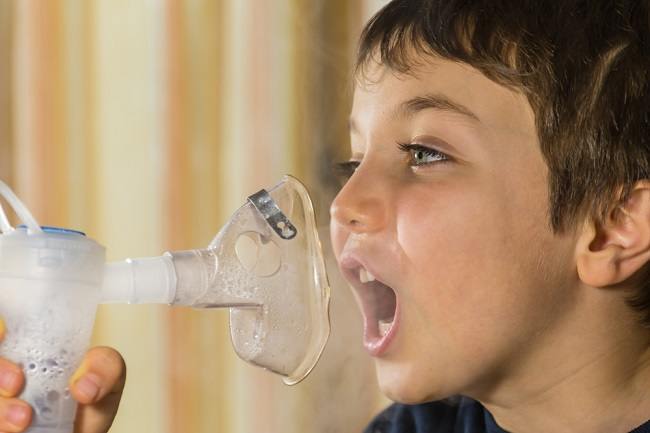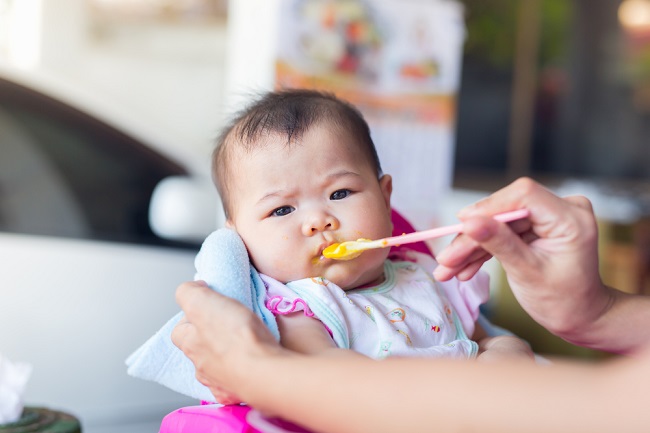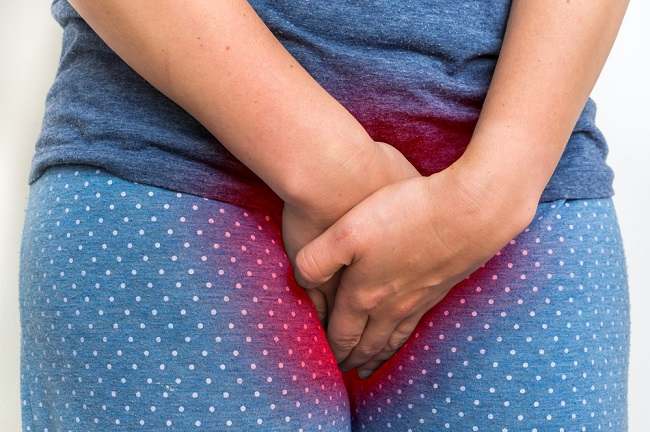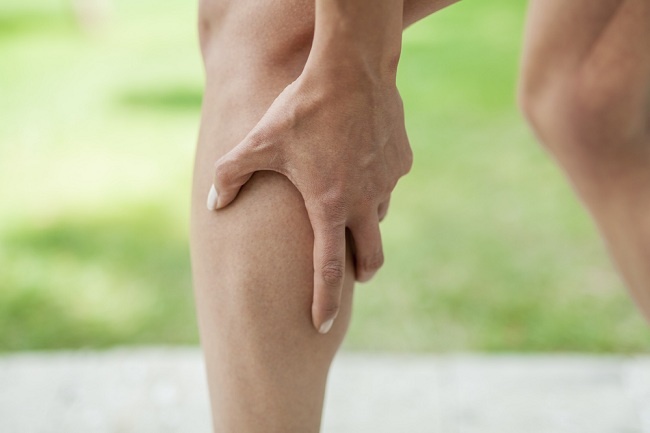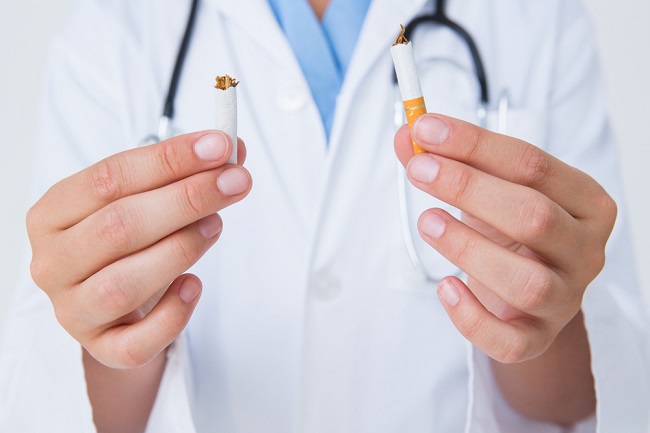Broken or fractured ribs can result from an injury or impact to the chest. This condition is often not visible from the outside, but can be recognized from the symptoms. In severe cases, broken ribs can injure the organs in the chest cavity.
Ribs or ribs are body parts that have a function as a protector of vital organs, such as the heart and lungs. This bone structure is very strong, but can still crack or break. One of them is due to a collision in the chest when falling or having an accident.

In most cases, rib fractures are just cracks and usually heal on their own within 1-2 months with home care. However, if the impact is very strong, the ribs can actually break through the skin or damage the large blood vessels and vital organs around them, such as the lungs and liver.
Causes of Broken Ribs
As stated earlier, broken ribs are most often caused by a blow to the chest. This can occur due to traffic accidents, falls, abuse, or collisions during sports.
However, the cause is not only that. Broken ribs can also occur due to certain medical conditions, such as osteoporosis or bone cancer. Both of these conditions can make bones brittle, so bones break easily even just because of coughing or doing daily activities.
Symptoms of a Broken Rib
Broken ribs can be characterized by the appearance of pain in the chest. Symptoms of pain from a broken rib will get worse when:
- The rib is touched at the fracture.
- Take a deep breath.
- Twist body.
- Cough.
Broken Rib Treatment
Initial treatment for broken ribs is with pain medication. The goal is that the patient can still breathe, cough, and move the body more comfortably. If the pain from a broken rib is not relieved immediately, shortness of breath can occur.
For adults, there are 3 choices of pain relievers that can be consumed, namely paracetamol, ibuprofen, and aspirin. However, for children, giving pain relievers must first be consulted with a doctor, because there are some pain relievers that should not be taken by children under a certain age.
In addition, the elderly, pregnant women, asthmatics, people with kidney disease, and people who have had a stroke, heart disease, stomach bleeding, or heartburn also need to be careful in using pain relievers.
Another way that can be used to relieve pain from a broken rib is to bandage the chest. However, the splint should not be too tight because it can prevent the lungs from expanding and increase the risk of pneumonia.
Generally, rib fractures heal on their own. However, if the ribs are completely broken and the tip of the fracture punctures the internal organs, complications such as pneumothorax (accumulation of air in the chest cavity) and hemothorax (accumulation of blood in the chest cavity) can occur.
If this is the case, surgery is needed to repair broken bones and damage to internal organs. In addition, surgery is also needed if one rib is broken in two places, so that one vertebra is detached and "floating". This condition is called flail chest.
Fractured ribs can also cause complications in the form of respiratory tract and lung infections. This can happen because people with broken ribs find it difficult to cough due to pain, resulting in a buildup of mucus in the airways which will trigger infection. In this condition, the doctor will provide treatment to treat the infection and make it easier to remove phlegm.
Broken ribs usually heal on their own. Even so, if the condition is severe, rib fractures can cause complications. Therefore, check with your doctor if you have an injury to the chest, to find out whether your ribs are broken or not.
